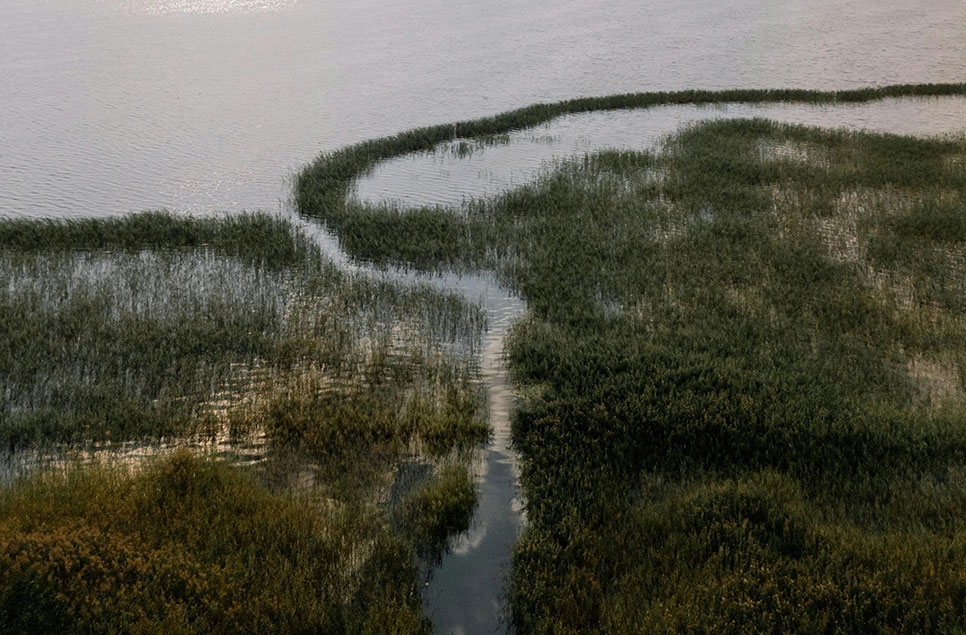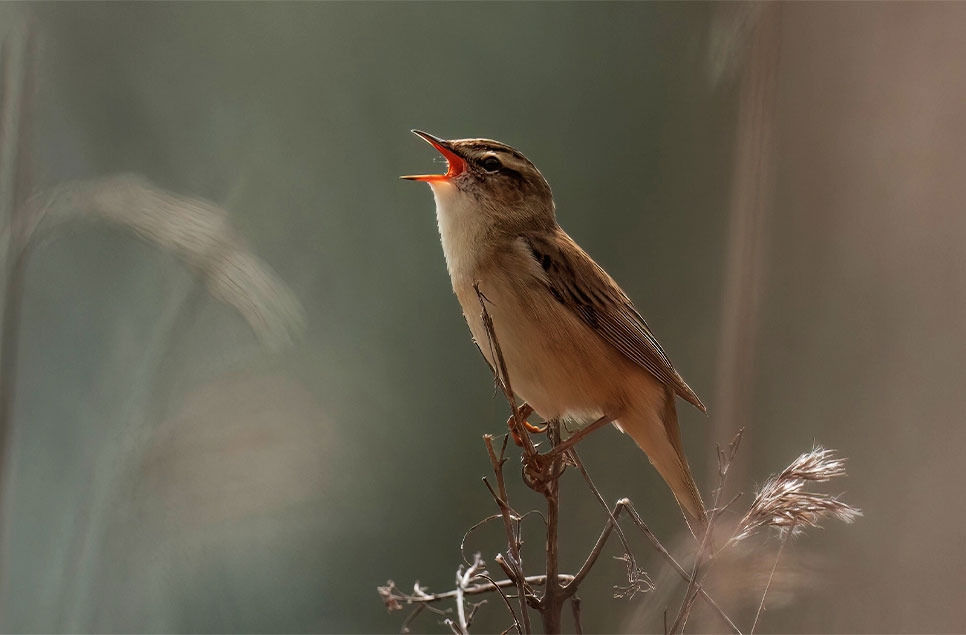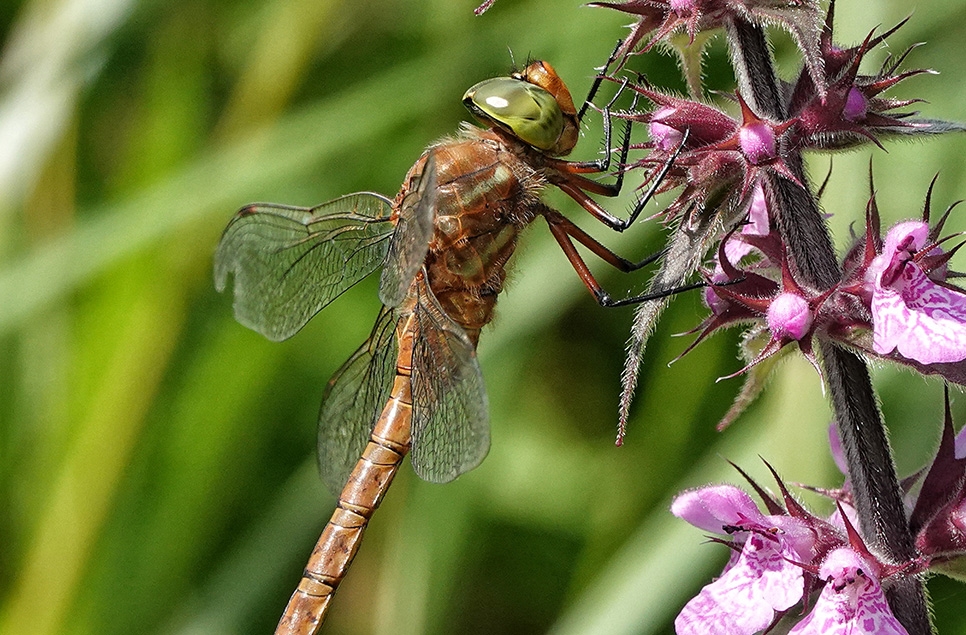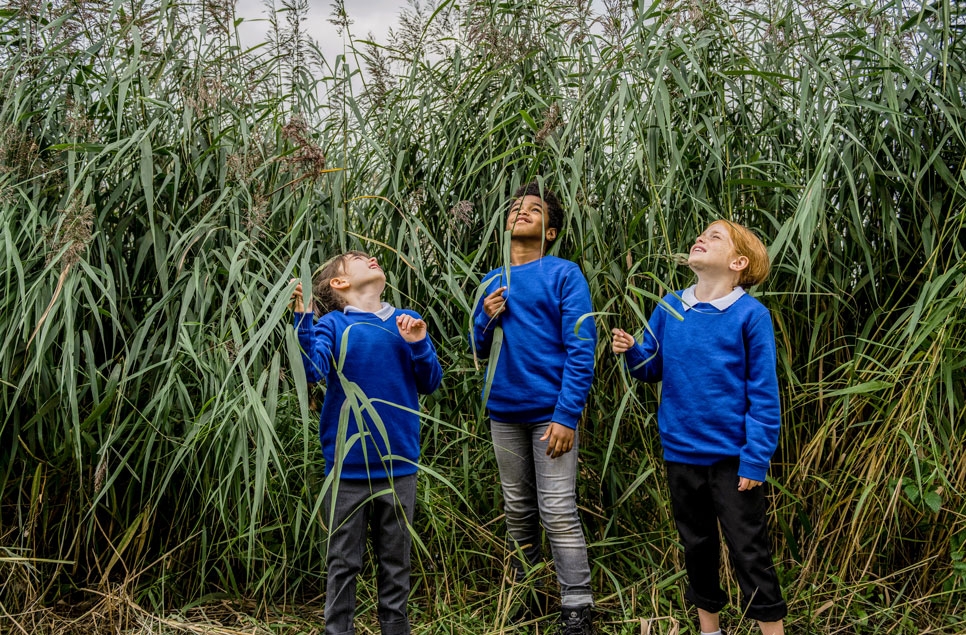Spring photography tips: more light, more wildlife
With plenty of low light, March is a great month to experiment with photography styles and to focus in on beautiful wetland wildlife.
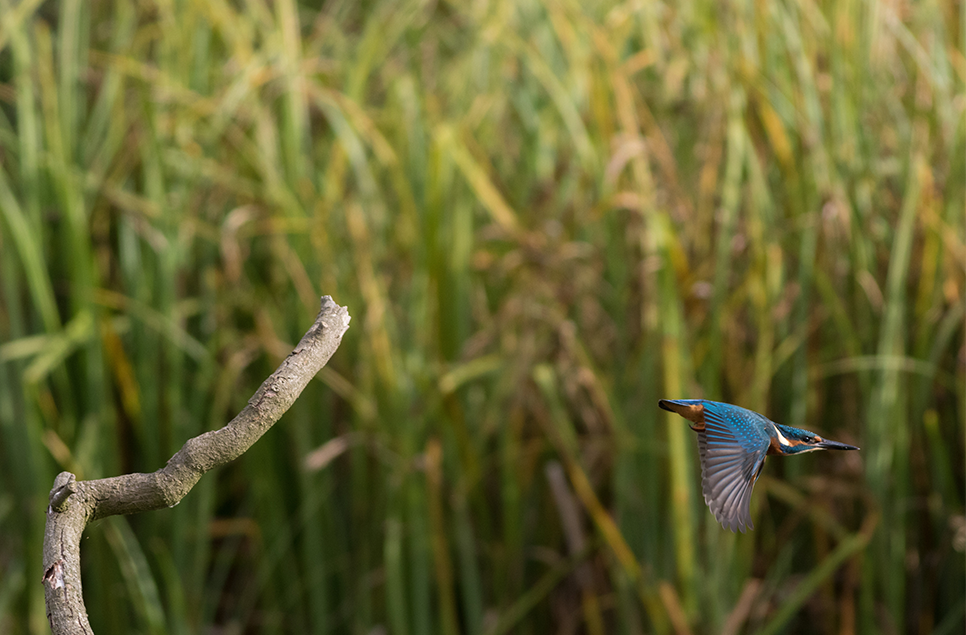
The daylight hours are lengthening and before long, you’ll be able to take the camera out in the evenings when those low rays provide the best photography opportunities. It’s a hopeful time of flowers popping up, amphibians making an appearance and spring bird life to look out for at your wetlands. If you’ve not felt inspired to use your camera in the winter gloom then now is the time to dust off your lens, charge your batteries and get out there for some wetland photography.
This time of year is perfect for seeing duck species at their most colourful, particularly the males. They will be in their breeding finery and with rays of light glancing off the water, their colours can be stunning. Try getting down to their eye-level and composing your shot so that the viewer of your photo will be looking the bird in the eye - as opposed to looking down on them – connecting the viewer with the wildlife and making for a more impactful photo.
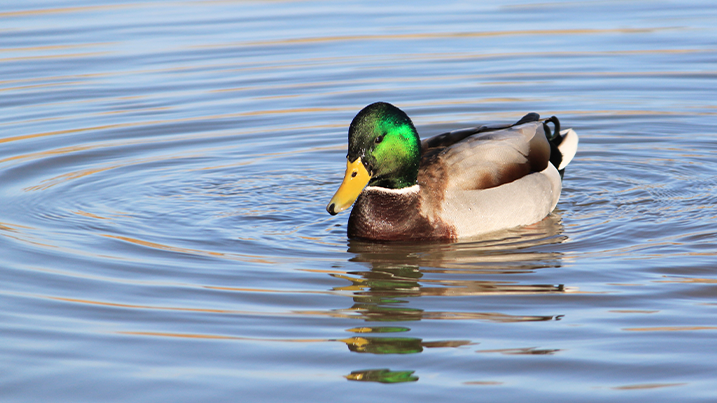
You might also have the chance to see a brood of ducklings or goslings, they can look particularly cute when small and offer some great photo opportunities. Don’t get too close to them though as the parents will become anxious; keep your distance and the birds may come close to check you out. It may be best to use a longer focal length such as 300mm upwards, in order to give them the space they need and simultaneously get the shot you are after.
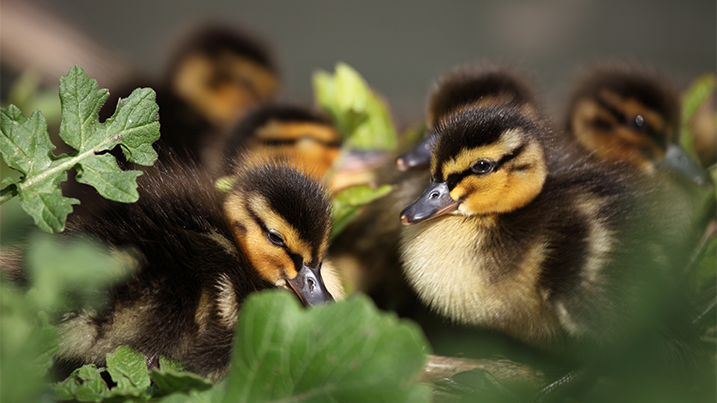
Kingfishers will also be in breeding mode at this time of year, searching for nest sites and excavating holes in which to raise their young. During this time, they might perch up well for you and even offer the chance of diving in the water to fish. You’ll need a high shutter speed for this, at least 1/2000, and plenty of light to make up for the short exposure time.
It can be tempting to try and get close to these spectacles of nature, but especially during this sensitive breeding period it’s really important not to disturb wildlife. Instead of going for the frame-filling species image, why not try an immersive ‘bird in habitat’ shot. You’ll probably still need a telephoto lens but you perhaps won’t need to be at anything like 500mm – even something around 200mm can work well.
These shots are often more pleasing to the eye, with the bird composed in a third of the frame, attractive vegetation and water included in the shot, as opposed to the species filling the frame only. Your image will also likely be of a higher digital quality as you won’t be pushing the very limits of what it can do. Remember, you’ll be better able to crop in to your images anyway, so a really long lens might not always be needed. Kingfishers can be spotted at many of our wetland centres, especially WWT Llanelli and WWT Slimbridge.
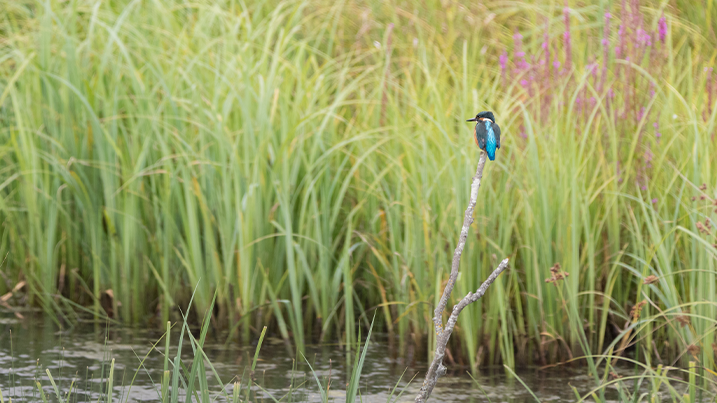
The early spring wetland will soon welcome back the sand martin; they are one of the first migrants to arrive with us from Africa and are site faithful to their breeding bank, so you’ll know where to go to see them. You’ll be able to test your reflexes as they skim across the water’s surface, looking for airborne insects – again a high shutter speed will be needed here. A WWT hide can let you get to the same level as these birds, such as those next to nest banks at London and Arundel.
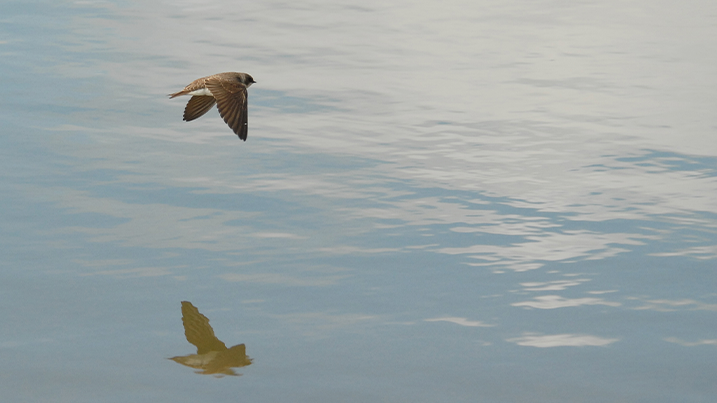
You can get many great shots at the water’s surface. Why not try some close ups with your macro lens of species such as pond skaters– if you don’t have a dedicated macro then it’s still worth a go with any medium length zoom lens (around 100mm), you might be surprised with the results. If you move very slowly, you’ve a chance to get close to frogs and toads as they sit low in the water – again, being at their eye-level is ideal here.
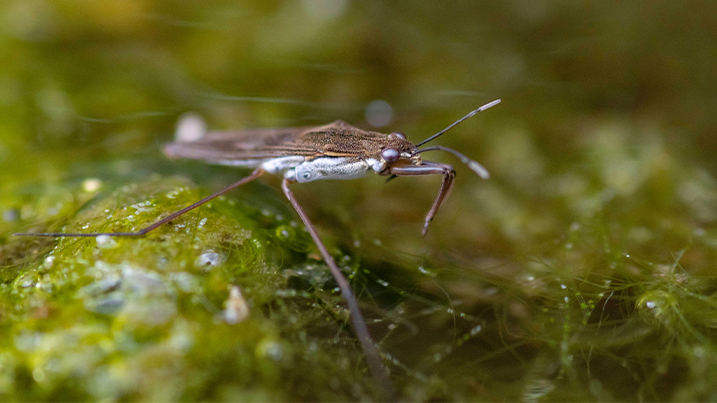
So now you’ve got plenty of ideas for photography above the water, but what about below? Don’t worry, you won’t need to purchase specialist housing for your brand new mirrorless camera; there are plenty of low-budget underwater cameras available online that will produce great results. And you needn’t go further than your garden pond at this time of year; there will be all sorts of life that you can get a tadpole’s-eye-view on. Just make sure your camera is attached to a float or something like a selfie stick, so you don’t lose it at the bottom of your pond.
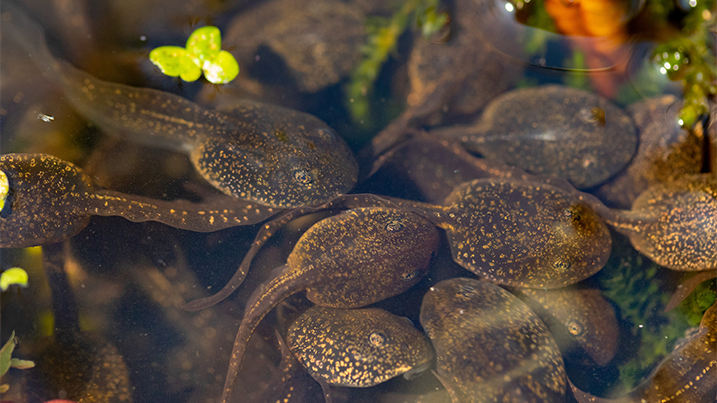
Being near the water can really allow your creative juices to flow and is a great time to explore the more artistic side of photography. Watch for how light bounces off the surface at different angles and the variety of shapes and colours that flowing water makes. If you want to capture sharp water splashes then set your shutter speed high, but you can also experiment with lowering your shutter speed to get a long-exposure effect on streams or waterfalls. For this, it might be worth investing in some neutral density (ND) filters that screw onto your camera lens, lowering the amount of light that reaches your sensor and lessening over-exposure. Another one to look at are polarising filters, they actually cut down on the reflected light and glare that reaches your camera, enabling you to see better below the surface of the water. Small and inexpensive kit additions like these can make a significant impact on your photos. Whilst winter flowers such as snowdrops and winter aconite will be finishing their show this month, daffodils, primroses and daisies will start to flower. The light is still low, especially in the mornings and evenings, so take advantage of this and use it to light your shots; highlighting flowers with sun breaking through the cloud can make your images really pop, with a wide aperture producing an attractive look.
As spring progresses, look out for marsh marigold and cuckoo flower around wetlands, as well as other bird species to photograph such as little ringed plover and avocet, their courtship displays and mating behaviour. Warblers will begin to sing from reedbeds and cuckoos too will appear. Take things slowly; stay quiet in the same spot and be patient; the birds will come to you.
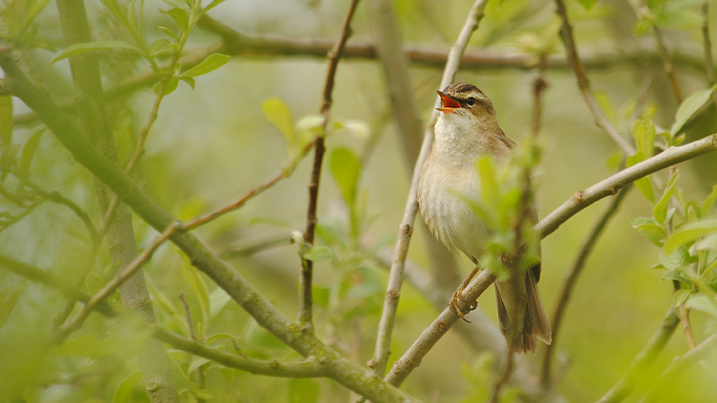
Head down to your local wetland centre with your camera for an abundance of wildlife, water and spring sunshine.
